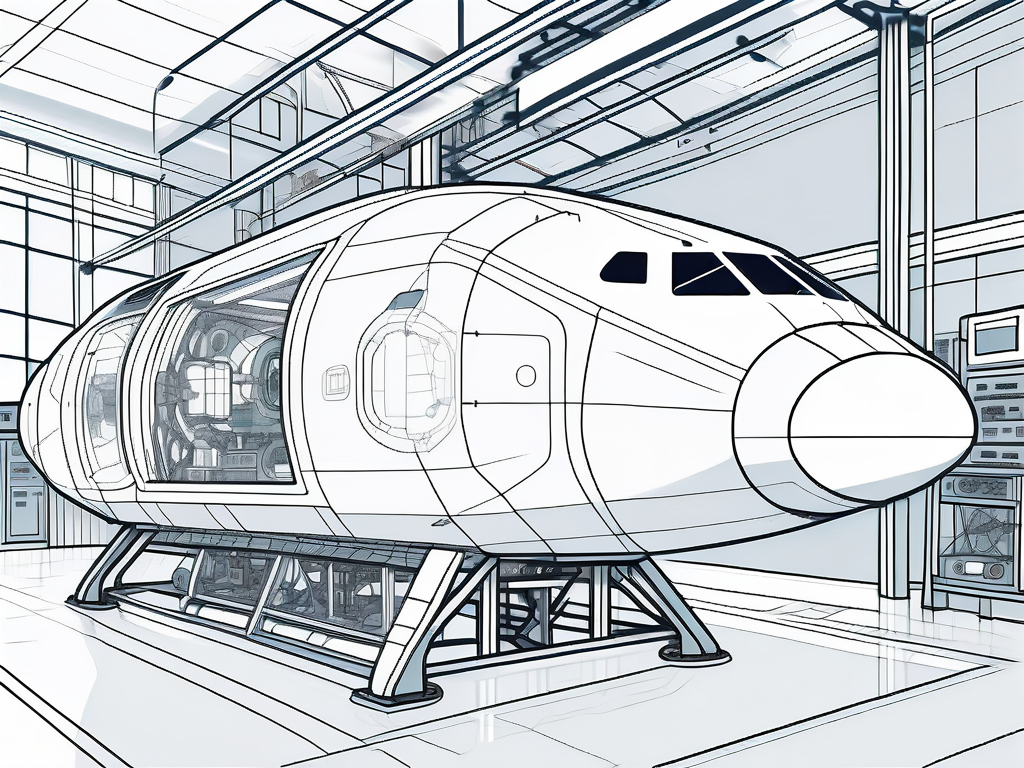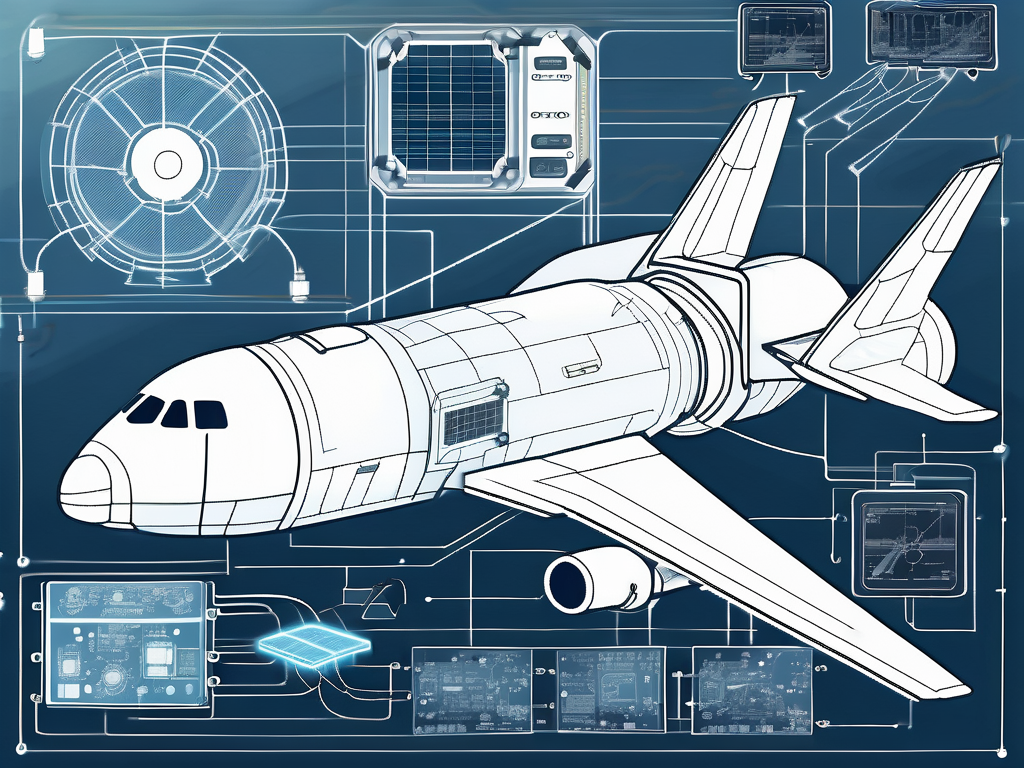Electrical Engineering in the Aerospace Industry: Innovations and Applications
Electrical Engineering in the Aerospace Industry: Innovations and Applications
Electrical engineering is an essential discipline within the aerospace industry, driving innovations and enhancing the functionality of various systems. As air travel and space exploration continue to evolve, the role of electrical engineering becomes increasingly pivotal. This article explores the various facets of electrical engineering in aerospace, covering its significance, innovations, applications, challenges, and future trends.
Understanding Electrical Engineering in Aerospace
Electrical engineering encompasses the study and application of electricity, electronics, and electromagnetism. In aerospace, it plays a critical role in designing and maintaining electrical systems essential for aircraft and spacecraft operations. From navigation systems to communication equipment, electrical engineers ensure that these systems work seamlessly, promoting safety and efficiency.

The Role of Electrical Engineering in Aerospace
The role of electrical engineering in aerospace is multifaceted. Engineers in this field are responsible for creating systems that control essential aircraft functions, including flight controls, landing gear, and avionics. Electrical engineers also develop power management systems that ensure that all electrical components can function properly during flight, enhancing safety and reliability.
Furthermore, they contribute to the advancement of automation and digital systems in modern aircraft, directly impacting the performance and efficiency of industry operations. Innovations such as fly-by-wire control systems, which replace traditional mechanical controls with electronic interfaces, are prime examples of how electrical engineering has transformed aviation. These systems not only reduce weight and improve fuel efficiency but also enhance the pilot's ability to control the aircraft with greater precision, adapting to changing flight conditions in real-time.
Key Concepts in Aerospace Electrical Engineering
Several key concepts are integral to aerospace electrical engineering, including avionics, power generation and distribution, and control systems. Avionics refers to the electronic systems used for communication, navigation, and monitoring in aircraft. These systems are crucial for pilot and air traffic control communication, ensuring that critical information is transmitted and received without delay. The integration of advanced avionics has led to the development of sophisticated navigation systems that utilize satellite technology, allowing for more accurate and efficient flight paths.
Power generation and distribution involve managing the energy required for these avionics and other electrical systems. Engineers must ensure that power systems are both efficient and reliable. This includes the design of backup systems that can take over in case of a power failure, thus ensuring continuous operation. Additionally, control systems play a vital role in monitoring and adjusting aircraft behavior during flight, leading to better performance and safety. These systems utilize sensors and feedback loops to maintain stability and control, allowing for smoother operations even in turbulent conditions. As the aerospace industry continues to evolve, the integration of artificial intelligence and machine learning into these systems promises to further enhance their capabilities, paving the way for smarter and more autonomous aircraft operations.
Innovations in Aerospace Electrical Engineering
In recent years, there have been many exciting innovations in aerospace electrical engineering that have transformed the industry. Enhanced computing capabilities, improved materials, and advanced communication technologies are just a few of the areas where progress has been made.
Recent Technological Advancements
Recent technological advancements have led to the development of lightweight materials and highly efficient power systems. For example, composite materials are now widely used in aircraft construction, reducing weight and improving fuel efficiency. Similarly, advancements in battery technology, such as lithium-sulfur and solid-state batteries, are paving the way for more efficient electrical systems in aviation and space exploration.
Moreover, the integration of artificial intelligence (AI) into avionics has the potential to revolutionize aircraft operation. AI algorithms can analyze vast amounts of data in real-time, enabling improved decision-making processes that enhance safety and operational efficiency. This capability is particularly crucial in critical situations, where timely analysis can mean the difference between a safe landing and a catastrophic failure.
Impact of Innovations on Aerospace Industry
The impact of these innovations on the aerospace industry is profound. As electrical engineering continues to drive advancements, companies can produce more fuel-efficient aircraft, reduce operational costs, and improve safety standards significantly. These innovations have also made air travel more accessible and affordable for the average traveler.
Furthermore, with the push towards sustainable aviation solutions, electrical engineers are at the forefront of developing electric and hybrid-electric propulsion systems that could redefine aviation for the coming decades. These systems not only promise to reduce greenhouse gas emissions but also aim to minimize noise pollution, making air travel more environmentally friendly. In addition, the potential for urban air mobility, facilitated by electric vertical takeoff and landing (eVTOL) aircraft, is being explored as a solution to urban congestion, showcasing how electrical engineering innovations can reshape transportation in our cities.
Additionally, advancements in communication technologies, such as satellite-based systems, are enhancing connectivity for both commercial and military aircraft. These systems allow for real-time data sharing and improved navigation capabilities, which are essential for modern aviation. Enhanced communication not only improves operational efficiency but also contributes to better passenger experiences, with in-flight Wi-Fi and entertainment systems becoming standard. As these technologies continue to evolve, they will undoubtedly play a crucial role in the future of air travel, making it safer, more efficient, and increasingly integrated with our digital lives.
Applications of Electrical Engineering in Aerospace
The application of electrical engineering in the aerospace sector spans a wide range of systems and technologies. From commercial aircraft to satellites and space exploration vehicles, electrical engineering is integral to their operation.

Electrical Systems in Aircraft
In aircraft, electrical systems govern a multitude of functionalities. This includes passenger comfort features, such as lighting and entertainment systems, as well as critical operations, like fly-by-wire controls and sensor integration. The interconnectedness of these systems means that electrical engineers must design robust architectures to ensure reliability in all conditions.
Additionally, advancements such as smart cockpit technologies are emerging, where information is displayed in a more intuitive manner, enhancing pilot decision-making capabilities. This comprehensive approach to systems design amplifies safety and operational efficiency in modern aviation.
Satellite and Spacecraft Applications
Electronics play a crucial role in the design and operation of satellites and spacecraft. Electrical engineers work on communication systems that enable satellites to send and receive crucial data back to Earth. Moreover, the design of power systems on satellites must account for the unique challenges of space, such as extreme temperatures and radiation exposure.
Spacecraft require sophisticated electrical systems that can withstand prolonged periods in space. This involves implementing redundancy in critical systems, ensuring that there is a backup in case of failure. The success of missions, from launching rockets to landing on Mars, relies heavily on the expertise of electrical engineers in these endeavors.
Challenges and Solutions in Aerospace Electrical Engineering
Despite the advancements and applications, electrical engineering in the aerospace industry faces several challenges that require innovative solutions. The complexity of aerospace systems demands a highly skilled workforce that is continually adapting to new technologies and methodologies.
Current Challenges in the Field
One of the primary challenges is the integration of new technologies with existing systems. As new materials and systems are developed, engineers must find ways to retroactively integrate these innovations into pre-existing frameworks without compromising safety or performance. Additionally, cybersecurity has become an increasingly urgent issue, with the potential for cyber-attacks threatening vital aircraft systems.
Regulatory compliance also poses challenges, as engineers must ensure that all systems meet stringent safety and operational standards before implementation. This adds layers of complexity to the design and testing processes, making timelines and budgets a critical concern.
Innovative Solutions and Future Directions
To tackle these challenges, the aerospace industry is focusing on collaboration and research and development. By fostering partnerships between universities, government agencies, and private companies, knowledge-sharing can lead to innovative solutions that enhance safety and performance.
Additionally, adopting modular design principles allows engineers to upgrade systems more easily, making future enhancements less cumbersome. The industry is also leaning towards adopting adaptive cybersecurity measures to predict and mitigate potential threats in real time.
The Future of Electrical Engineering in Aerospace
Looking forward, the future of electrical engineering in aerospace is poised for significant transformation, driven by technological advancements and shifting industry demands. As the focus increasingly leans towards sustainable practices, the role of electrical engineers will become even more critical.

Predicted Trends and Developments
Predicted trends for the future include a rising emphasis on electrification in aviation. This encompasses not only the development of electric propulsion systems but also improving the efficiency of electric power management systems to accommodate these technologies effectively.
Moreover, the applications of AI and machine learning in predictive maintenance and operational optimization are expected to expand, reducing costs and improving safety in the industry. As these trends continue, new educational pathways in electrical engineering may emerge, preparing the next generation of engineers for these specific challenges.
The Role of Electrical Engineering in Future Aerospace Technologies
Ultimately, the role of electrical engineering in future aerospace technologies will expand dramatically, facilitating breakthroughs in autonomous flight, space exploration, and sustainable aviation. Engineers will play a vital role in designing systems that not only meet the demands of modern air travel but also push the boundaries of what is possible in the aerospace industry.
With continuous innovation and a responsive approach to emerging challenges, electrical engineering will remain a cornerstone of the aerospace industry, driving it into the next era of advancements.